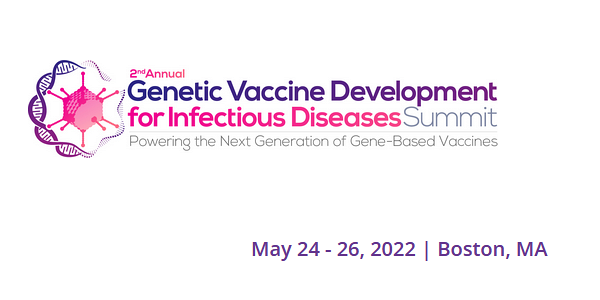2nd Genetic Vaccine Development for Infectious Diseases Summit
Increasing productivity of IVT reaction using at-line monitoring by HPLC chromatography
Speaker: Rok Sekirnik, Head Process Development for mRNA and pDNA
Abstract:
The recently demonstrated efficacy of mRNA-based Covid-19 vaccines has shown the promise of this therapeutic format, but also highlighted the need for higher efficiency of mRNA production to meet enormous needs for global vaccine supply. From a physico-chemical standpoint, mRNA is a challenging molecule to produce due to its large size and relative instability. The production process typically involves 10-15 steps including plasmid production, plasmid linearization, an in vitro transcription (IVT) reaction, mRNA purification, and lipid nanoparticle (LNP) production. Although currently known manufacturing process strategies used by mRNA producers vary significantly, the common unit operation is the IVT reaction, which produces RNA from a DNA template.
IVT reactions are normally performed as batch processes. Considering their catalytic (enzymatic) basis, it is possible to extend reaction times and yields by continuous addition of consumed reagents to the reaction mixture, however fed-batch strategies reported to date have only managed to achieve a 40 – 100 % increase in the production of mRNA. One of the main limitations of development has been low throughput of analytics for quantification of mRNA and NTP precursors; productivity is typically determined as an end-point measurement of mRNA concentration.
We developed an HPLC-based analytical method using a multimodal ligand based on anion exchange/hydrogen-bonding ligand (PrimaS) to monitor the IVT reaction. The HPLC assay allowed for simultaneous quantification of NTPs, capping reagent, plasmid, and mRNA within 3.5 min. We applied the analytical method to monitor IVT reaction on multiple therapeutically-relevant constructs and converted a standard batch approach with an average productivity of 3-5 mg/mL to a fed-batch approach yielding 10-12 mg/mL. We present two approaches for controlling IVT reaction, one focusing on productivity of uncapped mRNA, another on productivity of capped mRNA, thereby requiring a precise control of NPT:capping reagent ratio.
mRNA is purified using the chromatographic toolbox based on affinity, multimodal, hydrophobic interaction or reverse phase chromatography to remove plasmid template, residual NTPs, residual proteins, dsRNA and other impurities.

